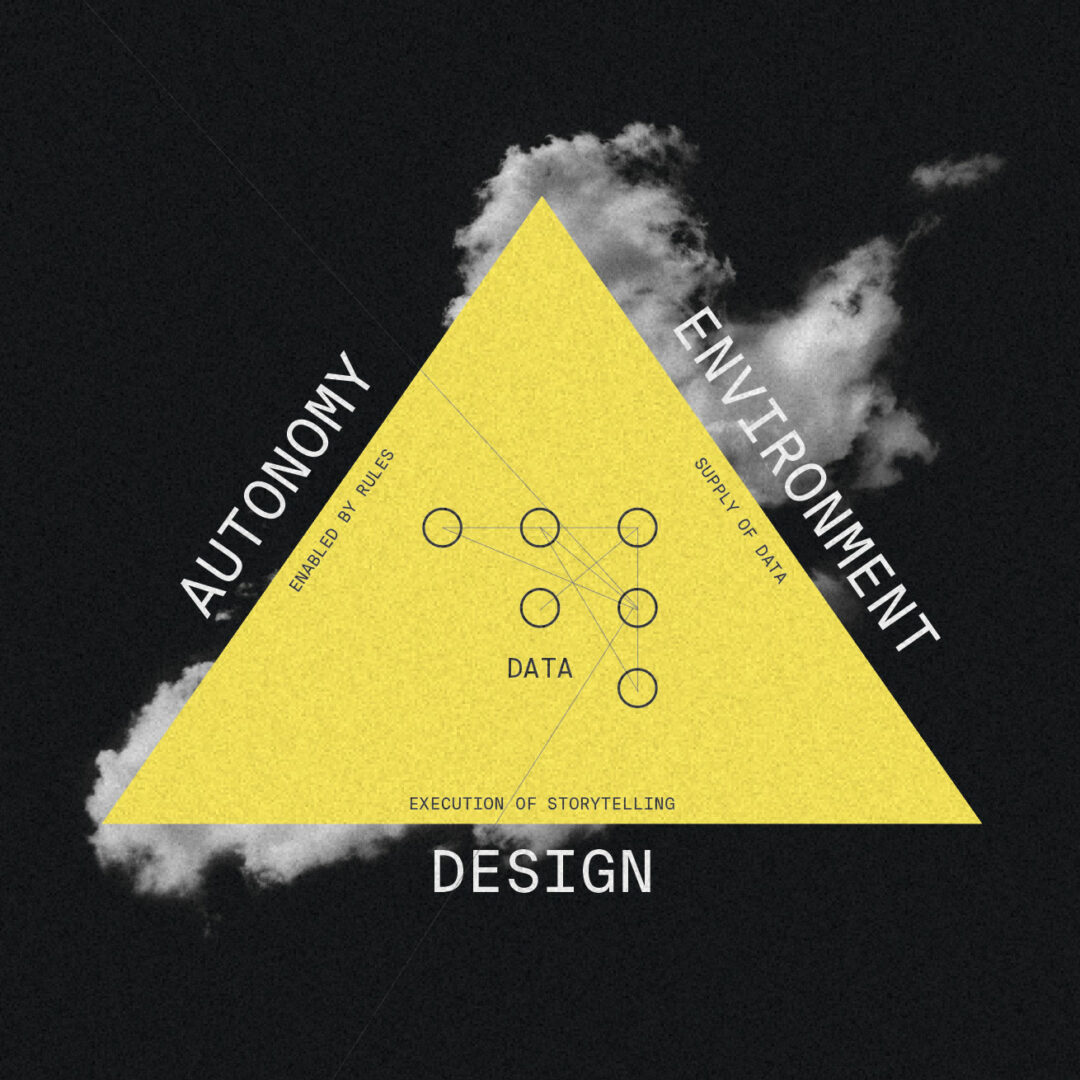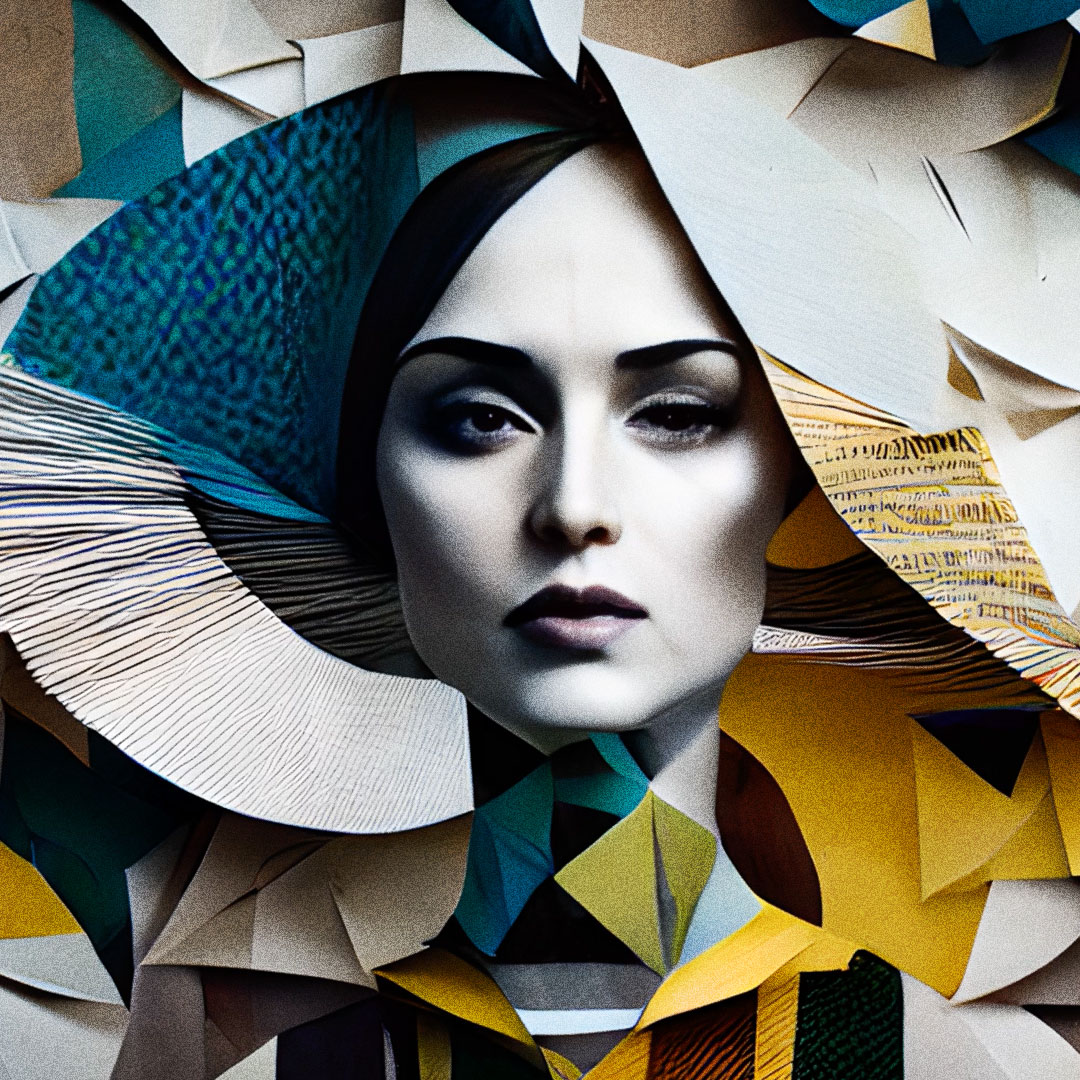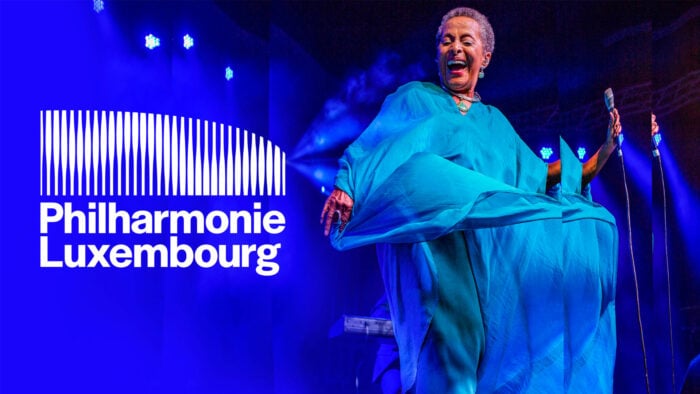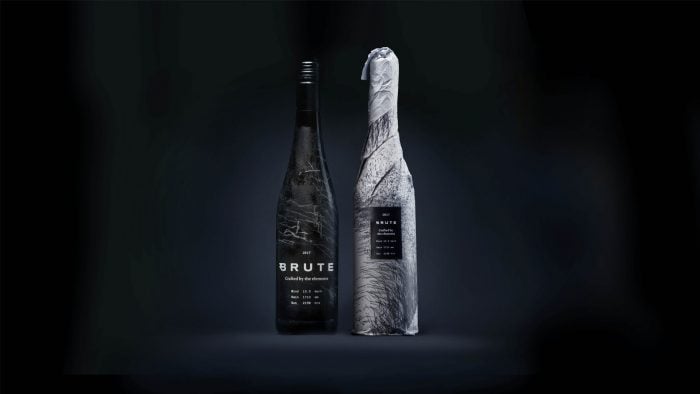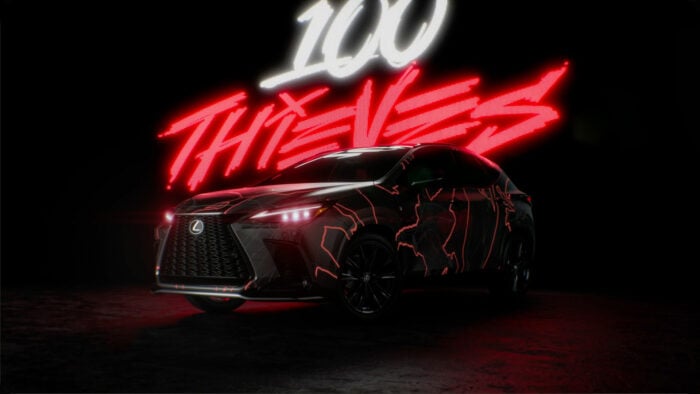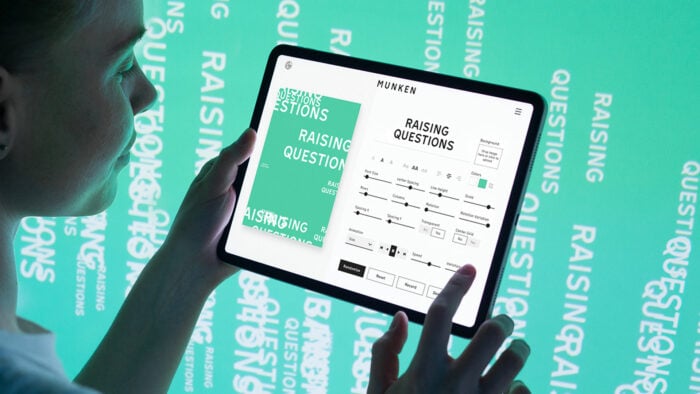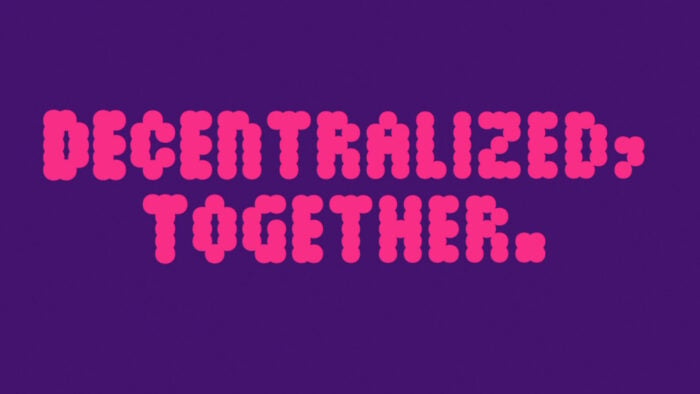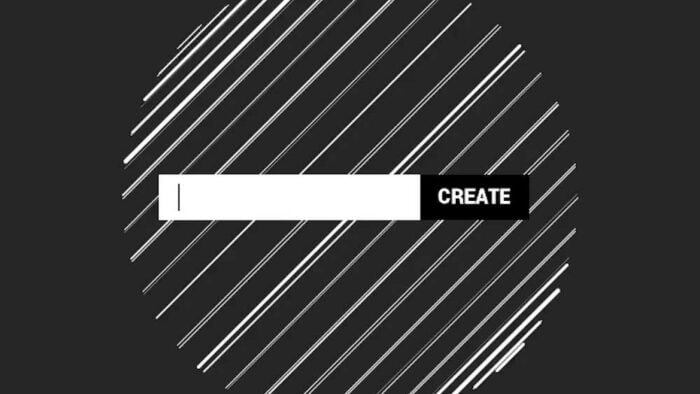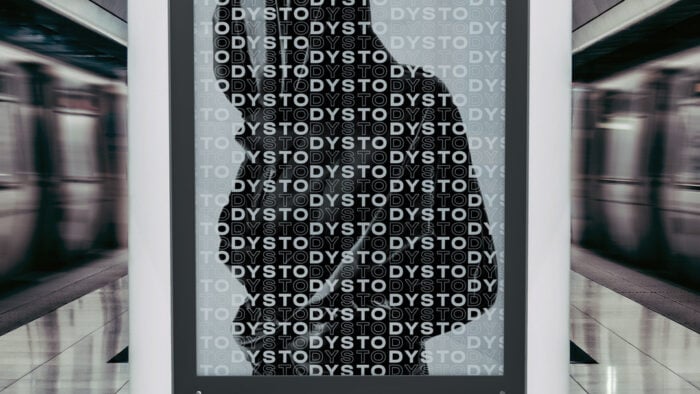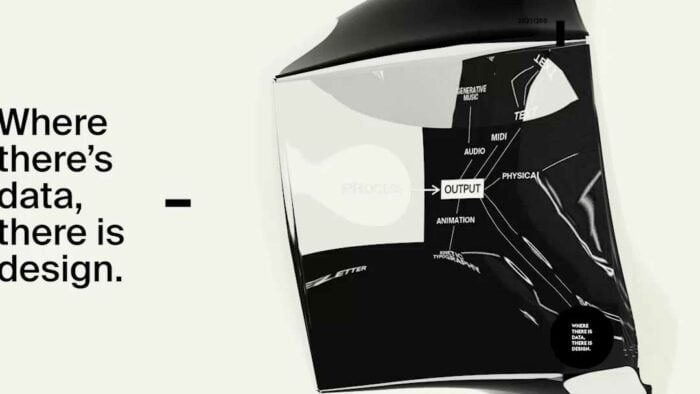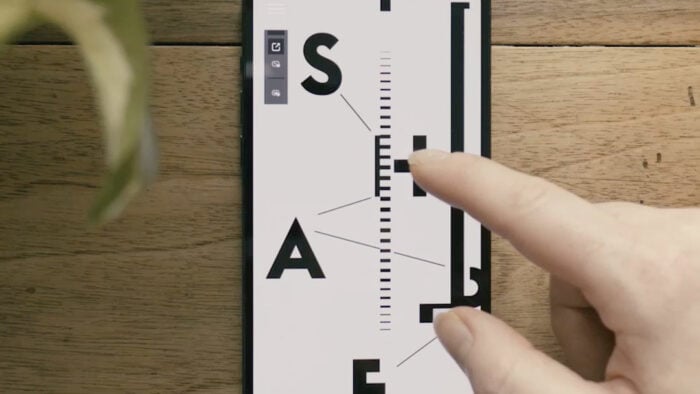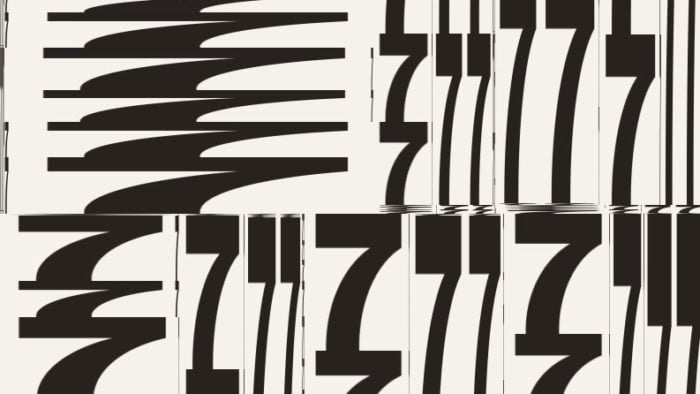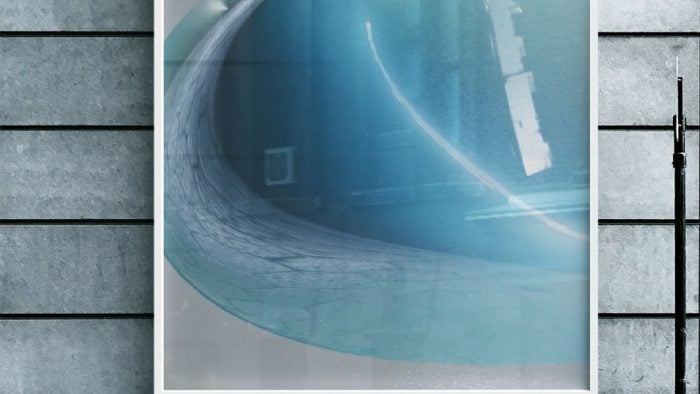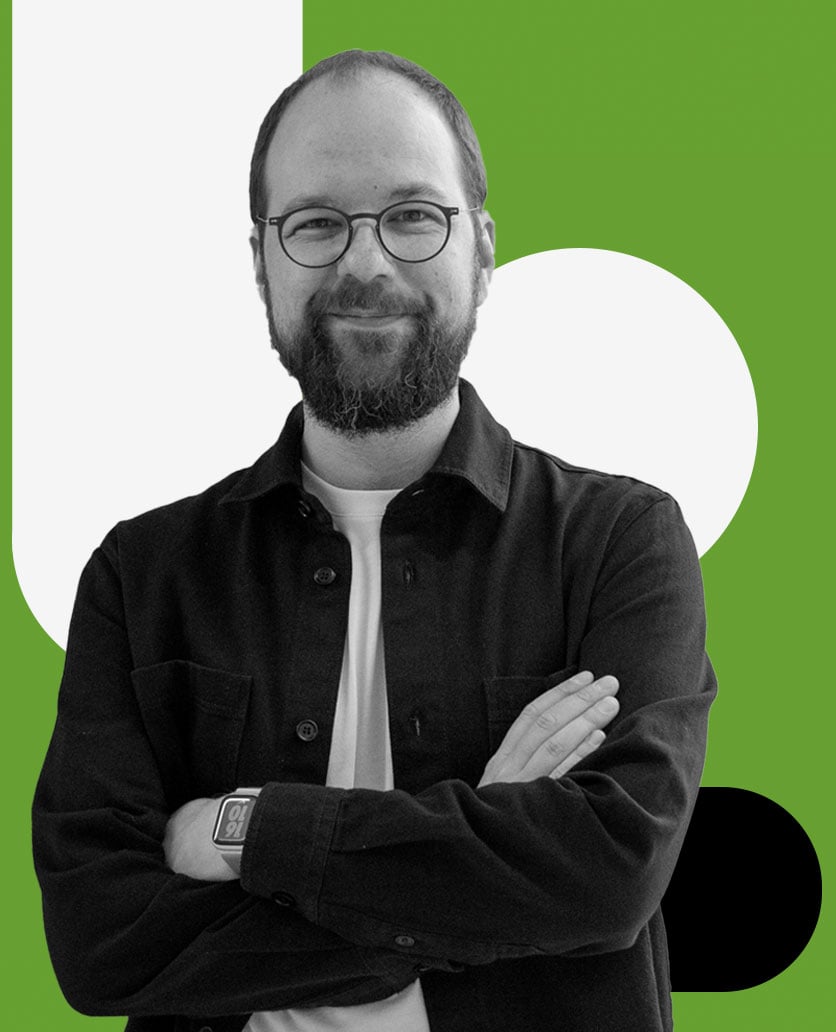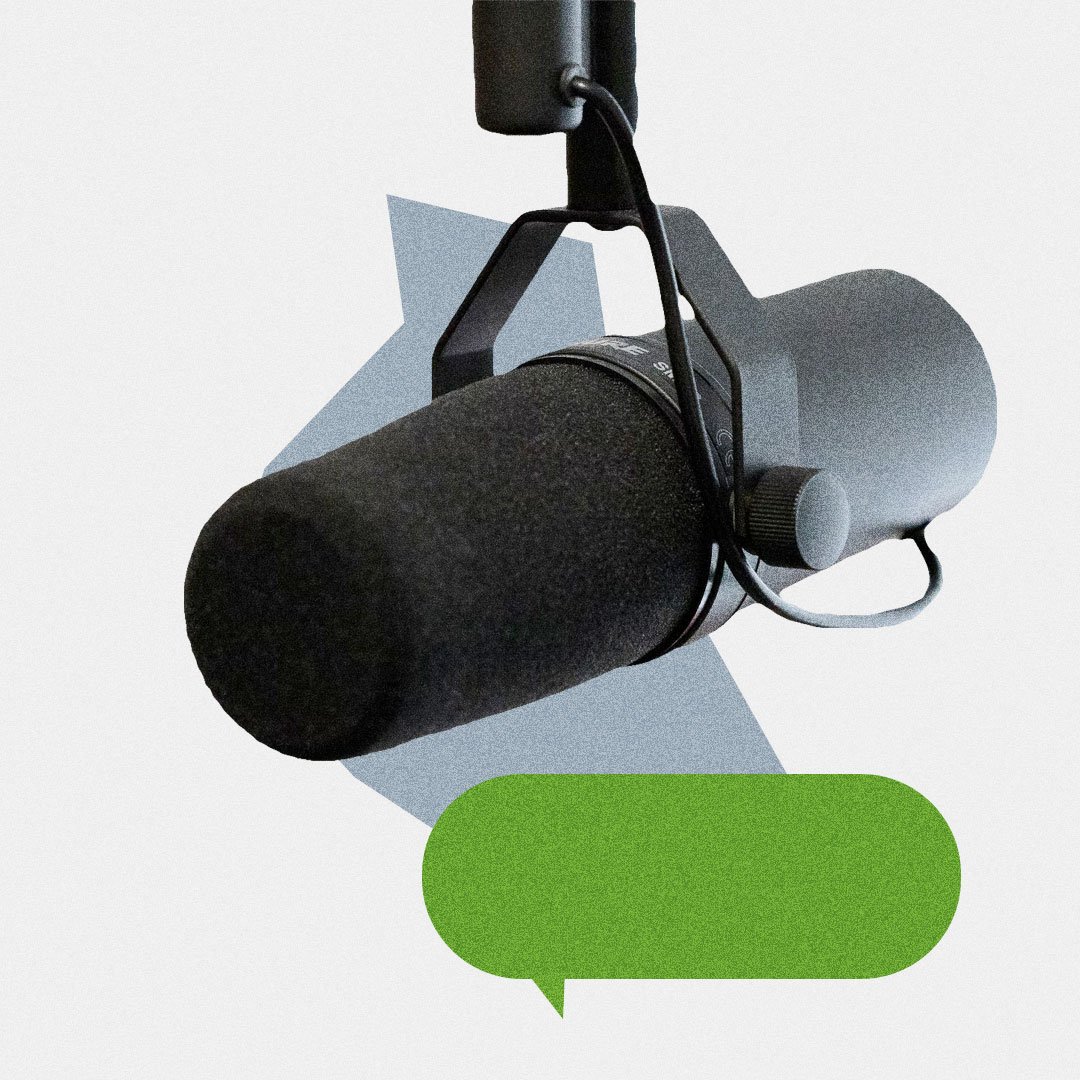
Podcast description
In this episode, we’re chatting with Patrik Hübner, an interdisciplinary designer who uses “Creative Algorithms” to explore fresh and meaningful stories at the intersection of design, art and data.
This interview is about understanding his creative perspective, dive into his workflow & creative process, be inspired by his ideas – and stay one step ahead of cutting-edge industry developments.
Alternatively, you can also listen to this Podcast on Spotify.
Podcast transcript
In this episode, we’re chatting with Patrik Hübner, an interdisciplinary designer who uses “creative algorithms” to explore fresh and meaningful stories at the intersection of design, art and data.
By applying new and experimental techniques of data-driven creativity to his work with generative and interactive design systems and programming languages, he develops opportunities for brands and cultural institutions to set themselves apart by telling unique and meaningful stories.
He has worked with many leading international agencies and his work has won global recognition and numerous
Question 1: How did you end up getting your start in – as you call it – designing creative algorithms? And what does that mean to you?
[ 6:05 ] – I don’t know, I don’t have a perfect definition because it’s always in flux. But for me, it’s like something where I would say it’s a new and exciting chapter in the field of applied design for me. It could also be art, obviously. And to me it like kind of fuses aspects of storytelling, experience and branding with algorithms, human interaction, data, Artificial Intelligence (AI), programming – all of these aspects, so it’s a very wide field. It’s something that I think, only now has become possible where computers have become so powerful and so mainstream and data is available to everybody. So it’s an exciting field that really fuses a lot of different aspects into exciting and new ways of expression.
Question 2: How does your work – or how do you inject it into your work – how does the storytelling balance with the technology and the art? How do you make sure that one isn’t overpowering the other, but really mix them all together to convey the objective that you’re trying to do?
[ 7:01 ] – That’s a really good question. Maybe the most important one actually because for me I feel that – independent of any technology or approach – at its very core, everything is always about people. And people love to tell stories and that’s at the core of all design and art.
[ 7:25 ] – I believe design and art have the potential to kind of alter people’s perceptions and emotions in a way.
[ 7:31 ] – What I felt like with Generative Design is what you can do is you can bring your stories or ideas to the people. And that is something that this kind of chapter of design – what is really new about it. And I think it’s really interesting to find something where people can maybe explore and play and interact with the stories that are come up with. This can actually be like a physical place or a digital one. But in any case, I really hope that people form lasting connections to these things because they get to experience them in different ways.
[ 8:10 ] – […] and that’s also something that I see sometimes taking not centre stage in some briefs or projects because people kind of have this idea that if it’s cool, if it’s new, if it’s fresh – it’s going to be good. […] Just because it’s a flashy technology, they might look at it for 10 seconds and then move on.
A story is still the most important thing ever.
Technology is just a tool.
Question 3: How do you position the value of this to potential customers & clients? How do you help them understand that […] it’s not just about design, but applying this technology, and design and storytelling together?
[ 10:42 ] – The first thing I always tell people is that Generative Design or Creative Algorithms, or whatever you want to call it – really changed the very core of how the design process actually works, which is really interesting. […] imagine a world in which you don’t design, but you already know, but kind of like teach the computer what it is that you actually want to achieve. So it changes the way things work. Employing algorithms in the creative process, for example, can yield unlimited choices for designers. If you can make a computer design like a thousand variations of the kind of thing you asked of it – it kind of alters what’s possible and changes the role of designers to somebody who co-creates with computers in a radically new way…
[ 11:49 ] – Generative Design always uses data at the very core of everything we do. And I think that – especially in the applied communications view – that’s really interesting because that leads to interesting conversations about the very core nature of the company or brand or product. What data does it generate? What is the essence of that? […] Trying to visualize this essence is I think at the core at many of the works I do, but also at the core of the work that a lot of other people do that’s not just flashy visuals but something that ties into what we were talking about earlier with the narrative aspect of it.
[ 12:30 ] – Also what I really believe is really interesting is that Generative Design is something where we actually get to create our own tools. So it’s not something where you use Photoshop or InDesign – products that have been designed for a completely different landscape.
[ 12:44 ] – It used to be somewhat of this kind of top down approach, as you’d design a brand or an idea or a story and you’d feed it to the people and that was basically that. But with what I do and what other people do in this field, it’s kind of more of building something that is actually on equal ground with the people and where we can actually bring our stories to them and see how they interact with it, and learn from it, and start a conversation with them to actually get better insights into what they are interested in. It’s almost democratic kind of approach to design – so that’s obviously the philosophical part of it – but it also means better metrics and more learning about what it actually is people actually do with it and that’s obviously what a lot of companies and agencies are interested in.
[ 13:29 ] – If you think about it, what I do is teach computers how to be creative. That’s a big word. But how to at least carry out creative models and duplicate them in interesting ways. That just increases productivity dramatically in a way. Which frees up time of designers to do more creative work and actually let the computer take care of the actual handy-work in a way. What’s really interesting about that is you can produce product – print runs or whatever it is – at a huge scale! So you can make things scalable, plannable, incredibly fast – and even completely unique to individual people.
Question 4: One of the things that seems to be interesting about humans when we’re creating is that we like to have a lot of control. And maybe that because of this existing workflow […] but now you’ve talked about co-creation with an algorithm where you’re giving it the instructions and it’s generating for you, a ton of different options […] How do you integrate client or brand requirements or some of the traditional workflow into this generative world where maybe it seems like we don’t have the same level of control?
[ 15:26 ] – In the end, I think it’s always also about limitations in a way. Because you can basically infinite variations of something – that in itself isn’t a good thing. It’s an interesting option and possibility to explore large space, maybe? But what I learnt as a really valuable lesson early on was actually to really limit what I do, and how I think about things and to just kind of focus on the most important key areas because you can quickly get lost in trying to cram too much into a project and that usually tends to not go very well […]
[ 16:26 ] – It’s more about new tools, and new ways of thinking, and different ways of expression in a way. But in the end, it’s always something where you have to balance it.
Question 5: How do you approach building your tools – your creative systems, your design systems – how do you set those constraints when you have an infinite blue sky of possibilities?
[ 17:14 ] – Whenever possible, I give a short talk or presentation just to get people initially onboard the way of how I believe these things work and what we’re actually going to build. So that usually helps a lot. And then it’s about building a design tool or a space where we can explore the possibilities. […] So i really build a tool that runs inside of the web browser that everybody in the design team or the creative team can actually use. It’s almost like a conversation – a creative conversation in a way – where once the technology is at a point where you actually get to see visual things and try to expose as many parameters and options so that people just can play with them and explore that. And during that, two things happen: they kind of understand more how data- driven design works, how data can actually create narratives, visuals, graphics and all that kind of stuff; but we also get closer to maybe the essence or the idea of what we’re actually trying to convey and how that data works or looks.
Question 6: What do you wish existed? What do you feel is missing? Or gaps that you feel exist – or don’t exist?
[ 24:21 ] – Maybe a couple of years ago, I would have said if it’s not about the question of tools, kind of awareness was missing? But I feel like right now – really it’s kind of golden times. This topic of Generative Design and all these things, people are taking a lot of notes. […] There’s not a lot missing except maybe an understanding of how to use these tools.
Question 7: Where do you think the Generative Design Industry is headed?
[ 27:28 ] – So ya, I definitely see a lot of interest, I’ve already mentioned that. I say it’s kind of like golden times so I think that it’s going to be an explosion of interesting projects because things just became more accessible. So I mean I went kind of the hardcore route by doing it all myself and coding it all myself, but there are amazing tools now which are visual – there’s vvvv, Cables.gl, TouchDesigner – so things where people don’t need to get into the nitty gritty parts of coding, but can just express their creative ideas in a different way. And I see that becoming more and more and also just I think, more aesthetically interesting but also conceptually more interesting. So I see that going a little bit more to the direction of actual designers, people who think about these things in different ways. So I always kind of make the joke that I’m a Designer who can program, not a Programmer who designs – because I feel that’s a huge difference – no offense to anybody! But it’s like for designers, usually, the technology takes…. It’s not centre stage usually.
[ 29:02 ] – And the last thing that I think about is just extending that to more and more places […] I think it’s going to touch a lot more physical locations in the future and kind of again, just kind of step out of the internet browser or your instagram feed and into the real world.
Question 8: What advice would you share with anyone just coming into this industry?
[ 29:49 ] – A story is still the most important thing ever. Technology is just a tool. Don’t get distracted, there’s a million possibilities. Just start somewhere, set yourself small goals and just have fun with it – the rest will come. Technology is not the solution, it’s just a tool so story is the most important.
